Advancements in Technology
Technological advancements are significantly influencing the Cam Software Market Industry. The integration of artificial intelligence and machine learning into CAM software is enhancing predictive capabilities and optimizing machining processes. These technologies enable manufacturers to reduce waste and improve precision, which is increasingly critical in competitive markets. According to recent estimates, the adoption of AI-driven CAM solutions could lead to a 20% increase in productivity by 2027. Furthermore, the rise of cloud computing is facilitating remote access to CAM software, allowing for real-time collaboration and data sharing among teams. This technological evolution is expected to reshape the landscape of the CAM software market, as companies strive to leverage these innovations for improved operational performance.
Growing Focus on Industry 4.0
The Cam Software Market Industry is being propelled by the growing emphasis on Industry 4.0 principles. As manufacturers transition towards smart factories, the need for advanced CAM solutions that can seamlessly integrate with other digital systems becomes increasingly evident. Industry 4.0 promotes interconnectedness and data-driven decision-making, which necessitates sophisticated CAM software capable of handling complex data analytics. Reports indicate that the market for CAM software tailored for Industry 4.0 applications is expected to grow at a compound annual growth rate of 15% over the next five years. This trend underscores the importance of developing software that not only supports traditional manufacturing processes but also aligns with the broader goals of digital transformation and operational excellence.
Rising Demand for Customization
The Cam Software Market Industry is experiencing a notable increase in demand for customization capabilities. As manufacturers seek to differentiate their products, the ability to tailor software solutions to specific needs becomes paramount. This trend is reflected in the growing number of companies investing in bespoke CAM solutions, which are projected to account for approximately 30% of the market by 2026. Customization not only enhances operational efficiency but also allows for greater flexibility in production processes. Consequently, software providers are focusing on developing modular systems that can be easily adapted to various manufacturing environments. This shift towards customization is likely to drive competition among software vendors, pushing them to innovate and improve their offerings to meet diverse customer requirements.
Emphasis on Skill Development and Training
The Cam Software Market Industry is also influenced by the growing emphasis on skill development and training within the manufacturing sector. As CAM software becomes more complex, the need for skilled personnel who can effectively utilize these tools is paramount. Companies are increasingly investing in training programs to ensure their workforce is equipped with the necessary skills to leverage advanced CAM solutions. This trend is reflected in the rising number of educational institutions offering specialized courses in CAM software and related technologies. By 2025, it is anticipated that the demand for trained professionals in the CAM software domain will increase by 25%. This focus on skill development not only enhances operational efficiency but also contributes to the overall growth of the CAM software market.
Increased Investment in Manufacturing Technologies
Investment in manufacturing technologies is a key driver of the Cam Software Market Industry. As companies recognize the importance of modernizing their production capabilities, there is a marked increase in funding directed towards advanced manufacturing technologies, including CAM software. Recent data suggests that global investments in manufacturing technologies are projected to reach over 500 billion dollars by 2026. This influx of capital is likely to enhance the development and adoption of innovative CAM solutions, enabling manufacturers to improve efficiency and reduce costs. Furthermore, as competition intensifies, companies are compelled to adopt cutting-edge technologies to maintain their market position, further fueling the demand for sophisticated CAM software.


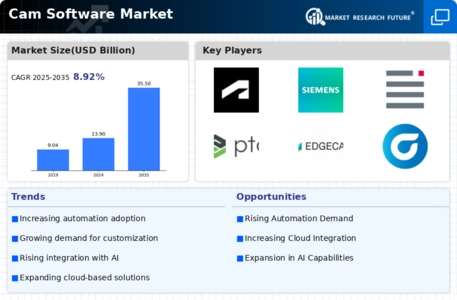
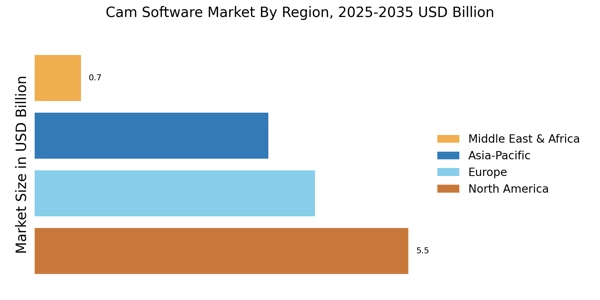
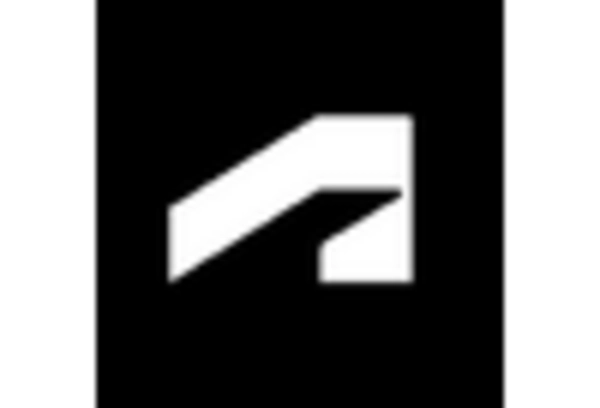
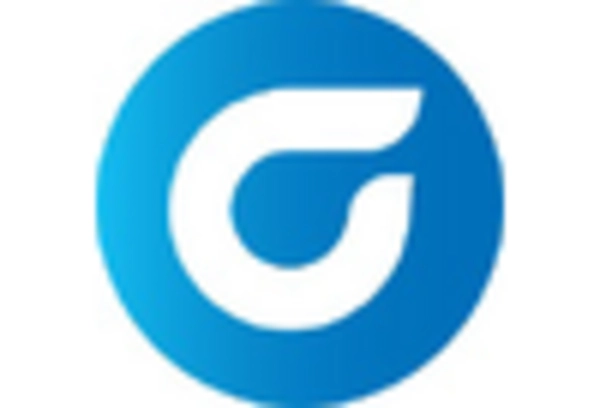

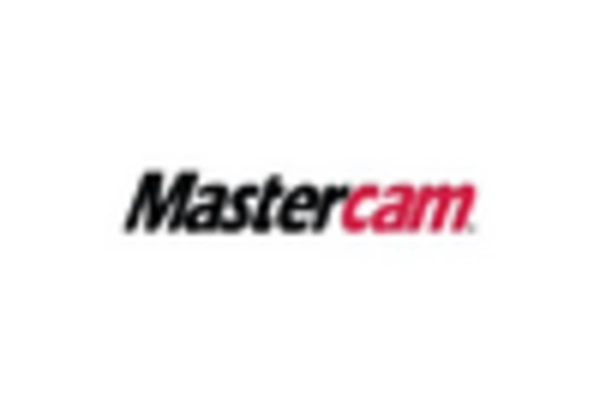

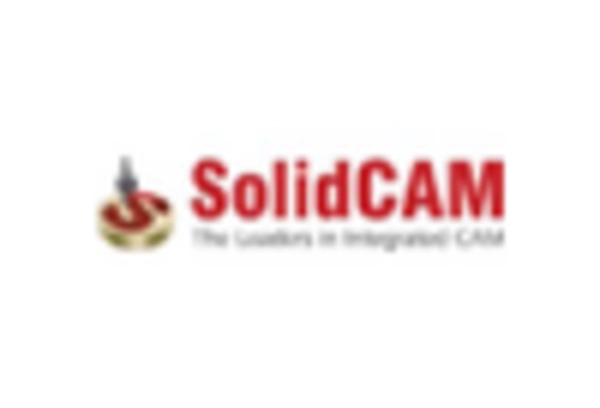








Leave a Comment